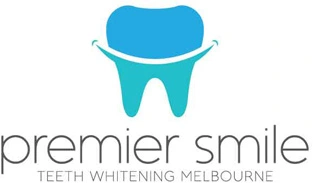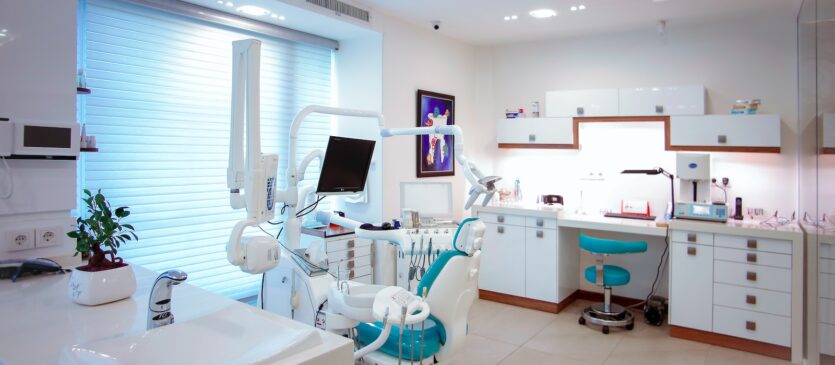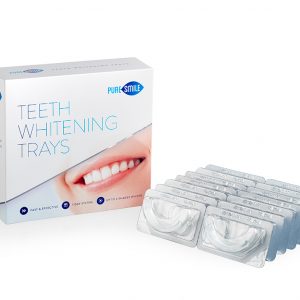Creating a serene and comfortable environment within a dental clinic is essential for alleviating the natural anxiety many patients experience. One subtle yet powerful way to achieve this is through the strategic placement of framed pictures. Art and imagery, carefully chosen and displayed, can have a significant therapeutic influence, contributing to a patient’s sense of calm and distraction from the clinical setting. This blog post explores how framed pictures in dental clinics can help ease patients’ anxiety and contribute to a more positive dental experience.
The Visual Impact on Anxiety
The use of framed pictures in medical environments is not a new concept; it is deeply rooted in the field of evidence-based design, which posits that physical settings can influence an individual’s mood and health. Dental anxiety, a prevalent concern affecting both children and adults, can lead to the postponement of necessary treatment, negatively impacting oral health. The visuals that patients engage with in the waiting room and treatment areas can play a crucial role in managing this anxiety.
Aesthetic Appeal and Distraction
The primary benefit of having framed pictures in a dental clinic is their ability to distract. Beautiful landscapes, abstract art, or calming patterns can capture a patient’s attention, drawing their focus away from the upcoming procedure. These images provide a visual escape, allowing patients to wander mentally into a peaceful scenario, which can be especially helpful in the treatment room where anxiety peaks.
Nature’s Calming Influence
Nature scenes are particularly effective in reducing stress. Research shows that looking at images of nature can stimulate the same positive response as being in nature itself. Green landscapes, waterfalls, forests, and images of the sky can help lower blood pressure and heart rate, creating a tranquil atmosphere. In a dental clinic, large framed pictures of nature can act as windows to the outdoors, especially beneficial in spaces without access to natural scenery.
Colour Psychology
Colours play a vital role in influencing a person’s emotional state. Cooler tones such as blues and greens are known to have a calming effect, which makes them ideal for a dental office setting. Pictures with these hues can help create a soothing palette that neutralises the stark, often intimidating white of dental equipment. Conversely, warmer colours might be used cautiously, as they can stimulate and energise, which might not be the desired effect when trying to ease anxiety.
Familiar and Comforting Scenes
In paediatric dentistry, framed pictures often depict familiar cartoon characters or playful scenes that can provide a sense of comfort and relatability for children. These images can be particularly reassuring, making the dental clinic seem more friendly and less like a clinical environment. For adults, images that evoke nostalgia or happiness, such as vintage cars, local landmarks, or artistic representations of familiar places, can serve a similar purpose.
Art as a Conversation Starter
Strategically placed framed pictures can also act as conversation starters, helping to build rapport between the patient and dental staff. A striking image or an intriguing piece of art can lead to discussions that distract from the clinical procedure ahead. This not only helps in easing the patient’s mind but also fosters a more personal and trusting relationship with their caregiver.
The Role of Variety and Change
It’s important to periodically update the framed pictures in a dental clinic. Regularly changing the visuals can provide a fresh look and a new topic of interest for returning patients, which can be especially comforting and provide a sense of progression or change. This helps to eliminate the monotony and negative associations that can build up over repeated visits to the clinic.
Personal Touches
Including pictures that reflect the personal interests or the community involvement of the dental team can also add a layer of warmth to the practice. Patients often appreciate seeing the human side of their healthcare providers, and this can help to humanise the experience, reducing the feeling of being in a strictly clinical environment.
Conclusion
The strategic use of framed pictures within dental clinics serves as an integral part of creating a welcoming and anxiety-reducing environment. From the psychological effects of colour to the calming influence of nature, art can significantly enhance the patient experience. It provides a distraction, evokes positive emotions, and allows for personal connections that can make all the difference to someone feeling nervous about their dental visit.
Ultimately, incorporating framed pictures into the design of a dental clinic is more than just decoration; it’s an investment in patient care and comfort. By thoughtfully selecting and positioning art, dental practitioners can alleviate anxiety and set the stage for a more relaxed and positive dental experience. As the saying goes, a picture is worth a thousand words, and in the context of dental clinics, it may also be worth a thousand smiles.






